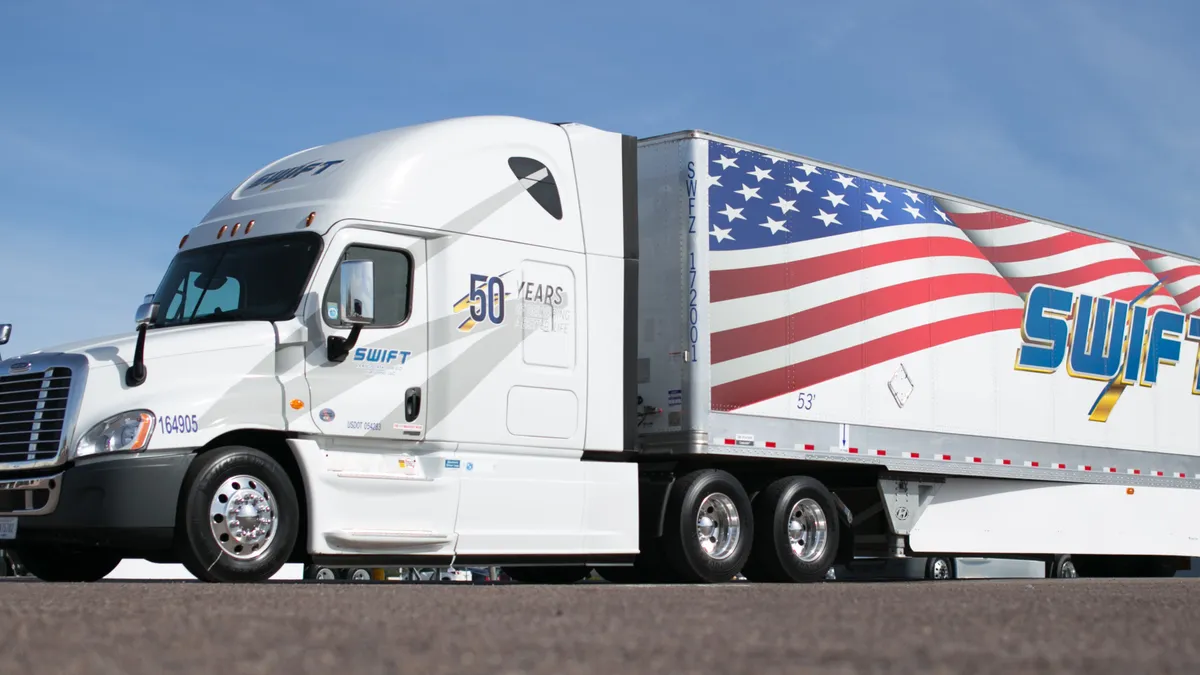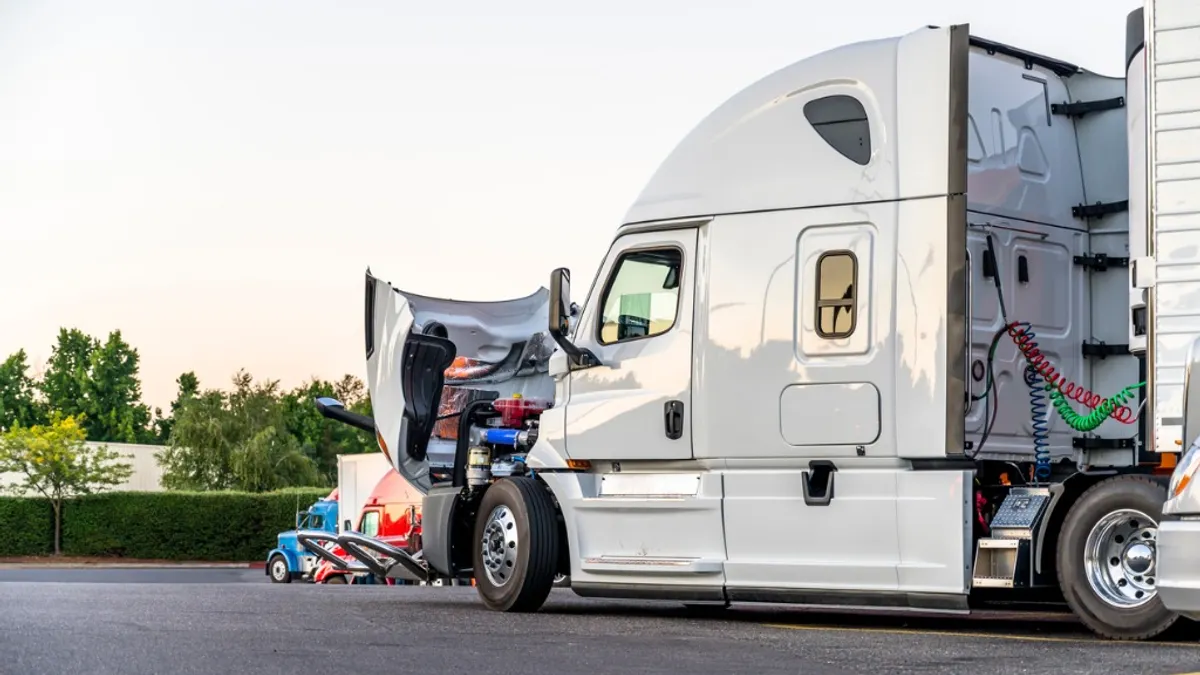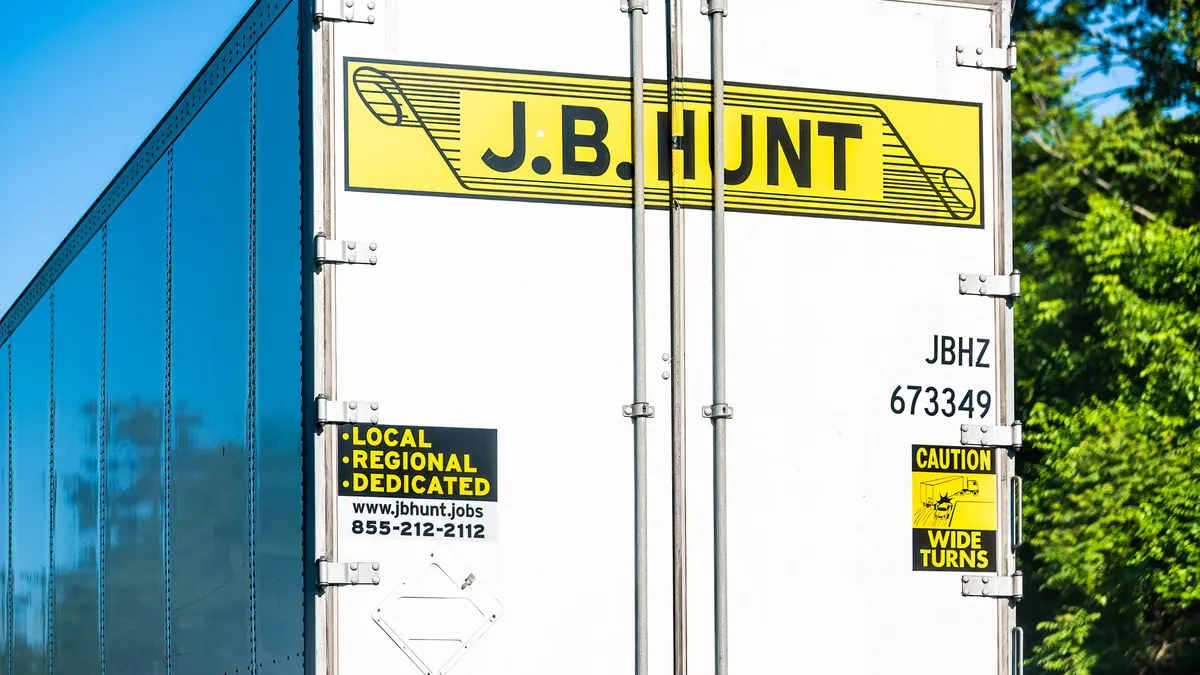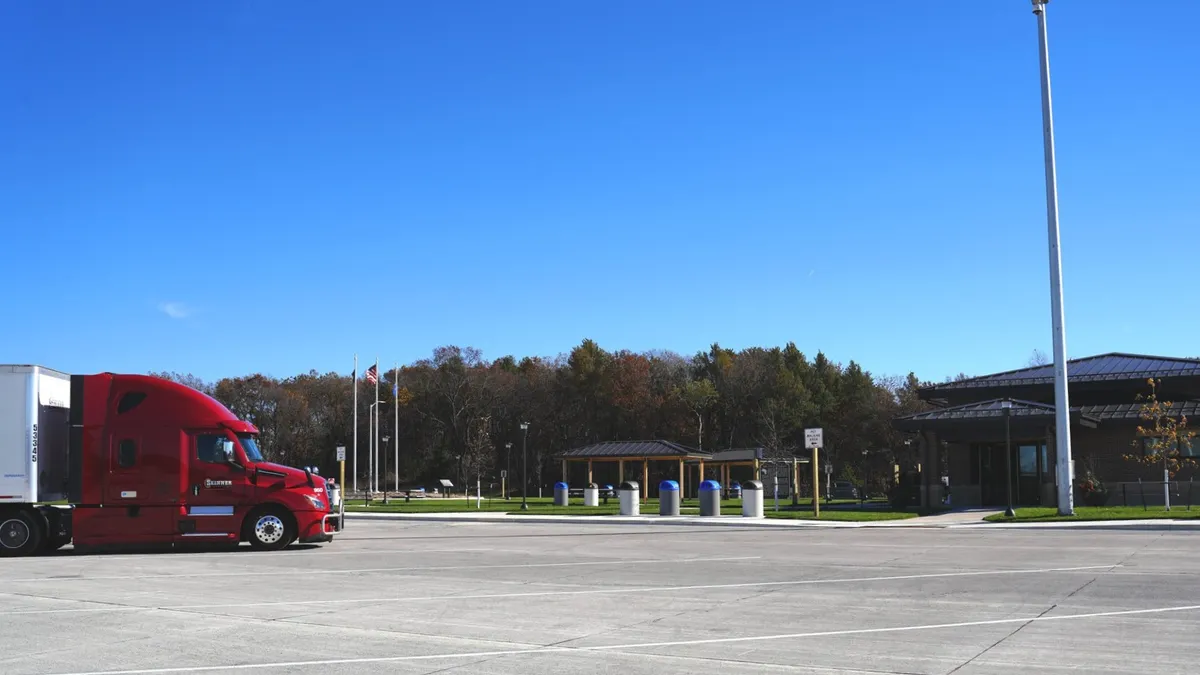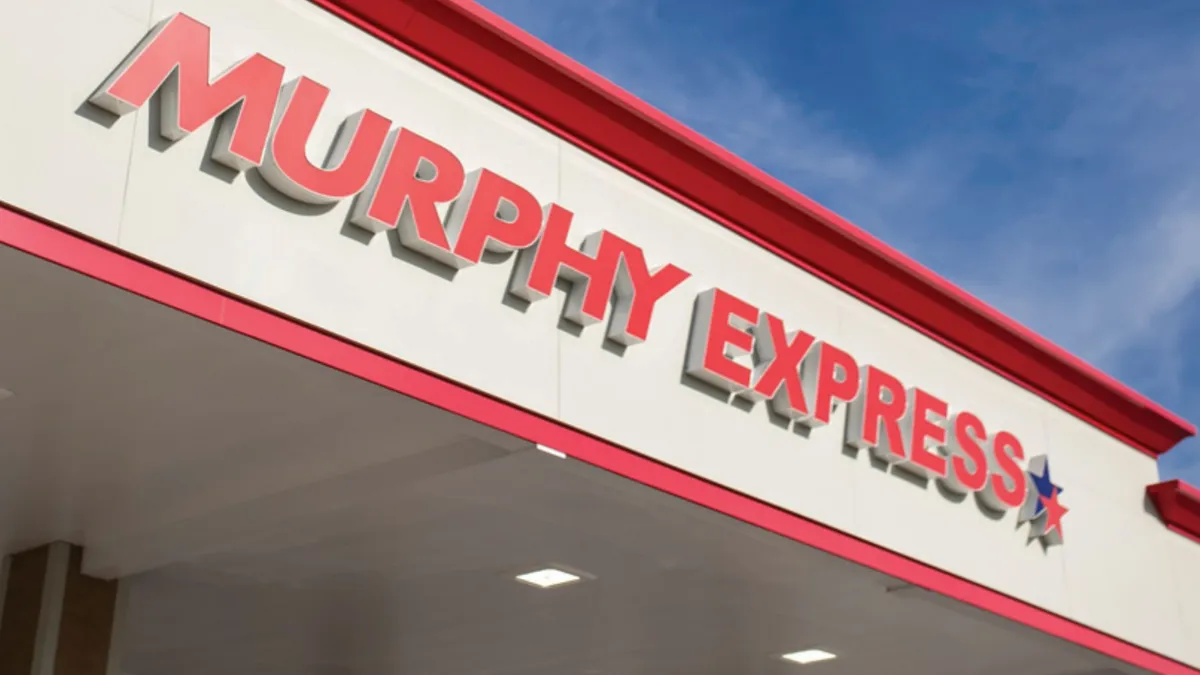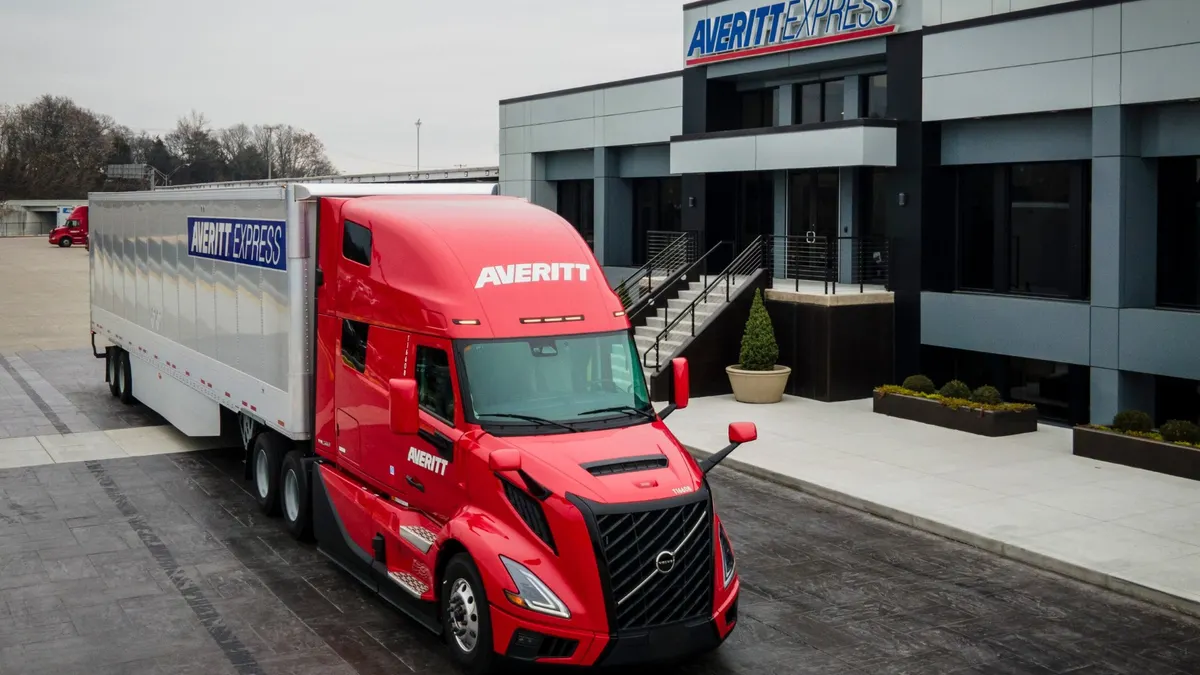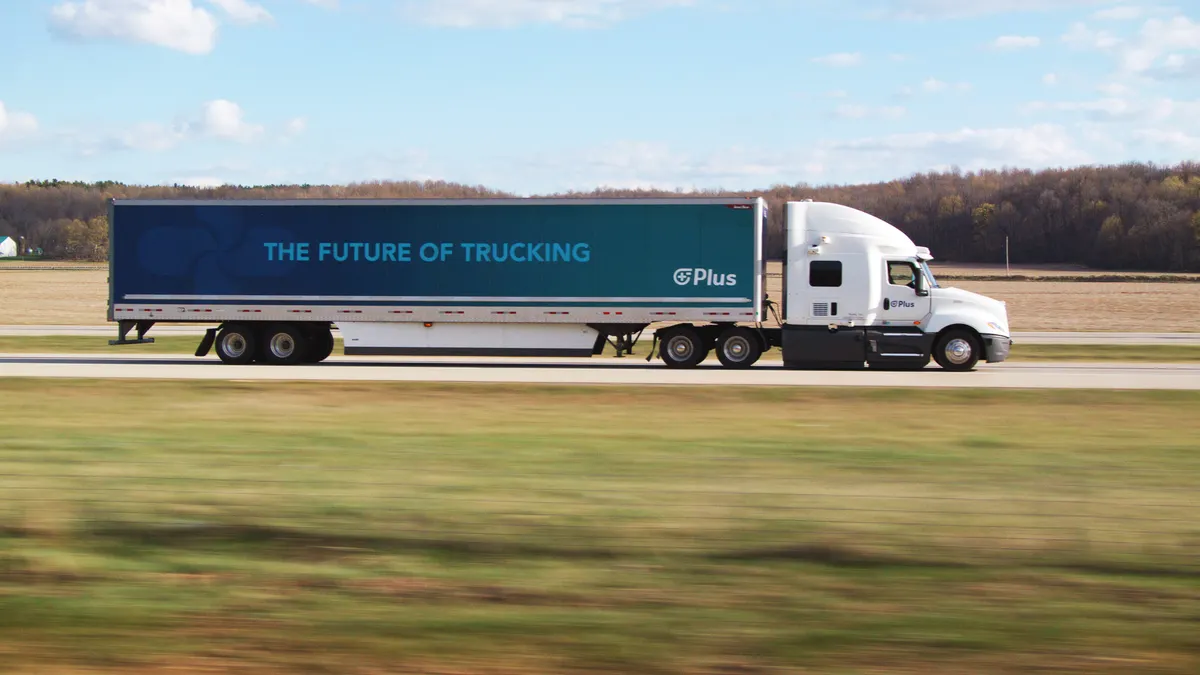As e-commerce continues to rocket, warehouses hit capacity and many new ones pop up, 2022 promises to be a year when truckload companies take a longer look at their middle-mile siblings, the LTL carriers.
"We see a lot of buzz going on" in the M&A market pertaining to LTL, said Nikhil Sathe, managing director of Logisyn Advisors.
And the reason is simple: Many of the largest TL carriers are publicly traded — and flush with cash — and they need to invest in their business in a way that will please shareholders, their profit-minded owners. LTLs provide that growth opportunity.
"LTL margins are better than TL margins," said Sathe.
Better margins, bigger growth
LTL is less cyclical, Knight-Swift CEO Dave Jackson told investors in July after it plunked down an eye-popping $1.35 billion for AAA Cooper Transportation, an Alabama-based LTL carrier.
Seemingly happy with its LTL strategy, Knight-Swift acquired an LTL carrier from the Great Plains and Midwest, RAC MME, for $150 million in December. RAC MME is the parent company of Midwest Motor Express and Midnite Express, which are referred to as one entity called MME.
Knight-Swift officials said the "MME regional footprint complements our current Southeastern and Midwestern LTL presence." The acquisition reflected Knight-Swift's ambition to build "a nationwide LTL footprint, leading to the further diversification of our revenue streams."
Sathe attributed the recent M&A interest to e-commerce.
E-commerce changed middle-mile logistics, prompting the expansion of LTL. Shipments that may have once required one TL move are now being broken up into smaller quantities of freight that need to be moved more frequently.
LTL employment growth outpaces TL
"LTL is the gateway to e-commerce," said Sathe.
Sathe said he has never seen such a transport market ripe for growth and M&A. E-commerce is growing at a "phenomenal rate," which Logisyn Advisors doesn't see slowing down in 2022.
That puts money into the coffers of many big TL carriers, who are eyeing opportunities in related trucking sectors. And that means market segments with better margins and shorter miles, tied more closely to the e-commerce boom.
"[Carriers] are flush with money, and there's not enough deals in the market," said Sathe.
Creating tightness in the M&A market is that LTL carriers tend to be held by publicly traded companies or longtime family interests, two groups that may be hesitant to sell, said Satish Jindel, president of SJ Consulting Group.
Barriers to entry
Capacity is tight in the LTL sector, and it's not just attributable to demand. There aren't that many prominent carriers in the space. It's an expensive sector to operate, and there are barriers to entry.
That was highlighted when Central Freight Lines, the nation's 21st-largest North American LTL carrier, shuttered last December. The LTL carrier, based in Texas, had $580 million in debt, according to Bruce Kalem, company president.
Cowen noted Central Freight Lines' closure, saying in a memo that it "further consolidates the LTL oligopoly in the U.S. and is likely to further support an already strong pricing environment."
The amount of infrastructure and fixed costs required to create an LTL network are also barriers. Jackson said those factors have "resulted in a relatively small number of meaningful providers for the approximately $42 billion dollar LTL industry."
LTLs need distribution centers, while TL carriers do not. Executives at Old Dominion, one of the largest LTL carriers, have noted the difficulty in getting zoned properties near cities that need lots of LTL service.
The environment has created more interest in LTL properties, as it is easier to buy one than to create one. But that means fewer prospects.
"[Carriers] are flush with money, and there's not enough deals in the market."

Nikhil Sathe
Managing Director, Logisyn Advisors
The market is going to remain attractive but there are "very limited opportunities," said Jindel.
And finding opportunities to grow is only part of the battle. Strategy matters, too. There have been instances in which top TL companies grew too fast.
Daseke, for example, added similar flatbed companies that didn't necessarily mesh with the business. Operating ratios rose, and profits shrunk. In 2019, Daseke's annual operating ratio ballooned to 118%. The company promised reform, and in, 2020, its operating ratio improved to 97.6%. On Jan. 25, Daseke reported its 2021 ratio had shrunk to 92.8%.
Such problems could be a greater risk if companies add a new specialty through M&A, such as a TL adding LTL. Jackson addressed the concern in July.
"Although the LTL and TL markets differ, we believe there are capacity and pricing trends and business intelligence tools between truckload and LTL that both Knight-Swift and AAA Cooper can learn from each other to make us more effective in the markets we serve," said Jackson.
Jindel said it's likely not a danger, as Knight-Swift is not going to merge the operations. Plus, Knight-Swift can now offer TL drivers more attractive routes on the LTL maps. LTL drivers can be home after a day at work.
There will also be synergies in the procurement of tractors, recruitment of new drivers and more, Jindel said.
And TL carriers don't just get a new subsidiary, they get the management and technologies that come with the company. Thus, when looking for LTL carriers to buy, TL companies are also looking for competencies to grow the trucking offerings, said Sathe.
"They are going to merge the capabilities to gain synergies," said Sathe.

